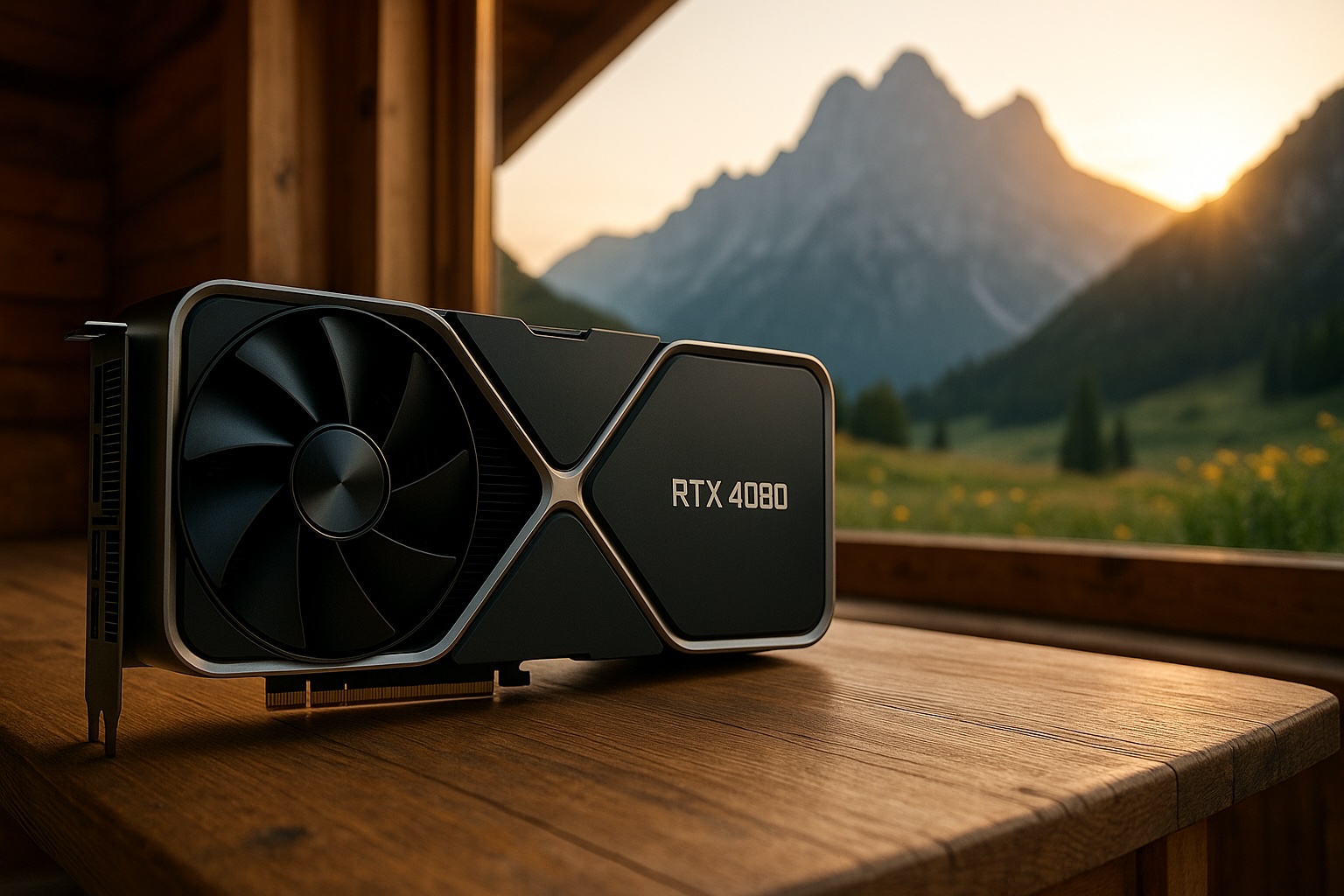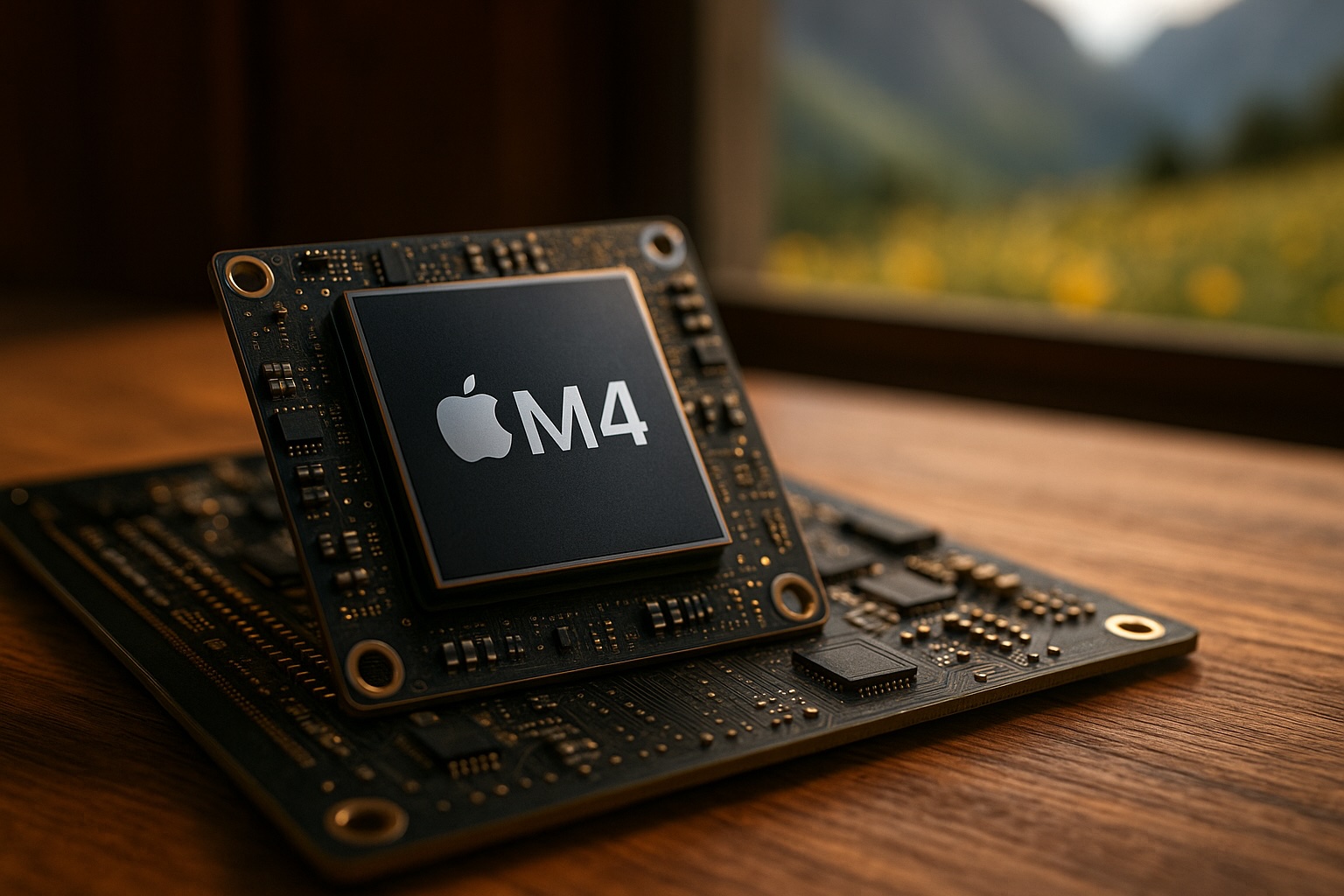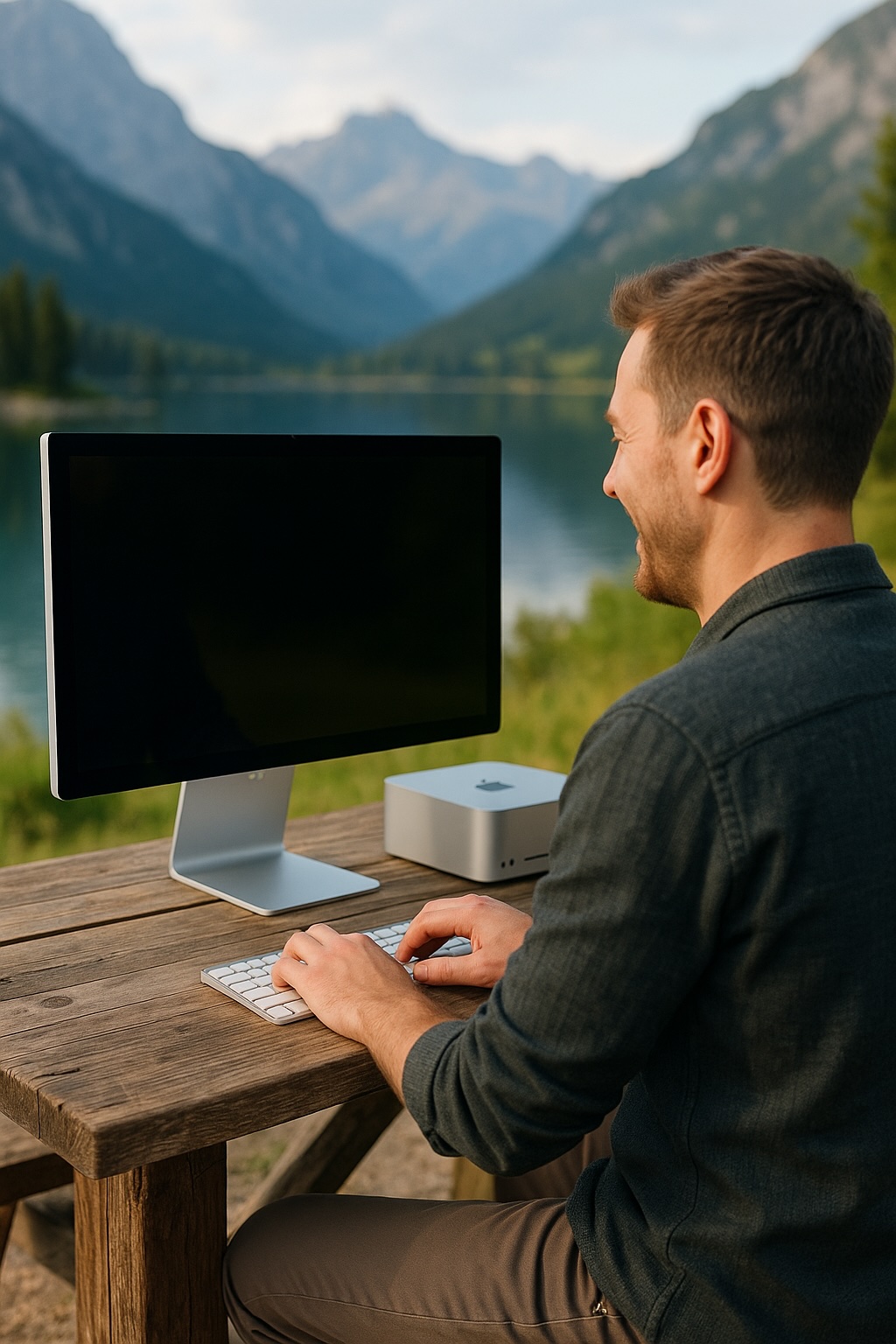Best GPU for AI Image Generation 2025: Recommendations for Deep Art Creator Pro & Co.
AI image generation is booming, and more artists, designers and agencies are running tools like Deep Art Creator Pro, Stable Diffusion and Midjourney. If you prefer working offline, your biggest hardware bottleneck is usually the graphics card. This guide explains why the GPU matters, the minimum specs you should aim for, and which models deliver the best value in 2025.
Why the GPU Matters for AI Image Generation
Unlike conventional software, AI art tools rely on the GPU to run massive diffusion or style-transfer models. The stronger the GPU, the faster you produce images, the higher the resolution you can push, and the more experiments you can queue in parallel.
Cloud services such as Midjourney handle hardware for you. Offline suites—Deep Art Creator Pro or local Stable Diffusion builds—shift the workload to your own PC or Mac. That’s where a capable GPU turns waiting time into creative flow.

Minimum Requirements for Deep Art Creator Pro
- Modern Windows or macOS CPU
- At least 8 GB RAM (16 GB recommended)
- Graphics card with ≥ 6 GB VRAM
- NVIDIA ≥ GTX 1660 | AMD ≥ RX 6600
- Apple Silicon (M1, M2, M3) → excellent native performance
That baseline handles small to medium projects. For large, high-resolution jobs or batch work, step up to a more powerful card.
Best GPUs for AI Image Generation 2025
NVIDIA (Windows / Linux)
- Entry-level: RTX 3060 (12 GB) – top price/performance
RTX 4060 – energy-efficient, solid speed - Mid-range: RTX 4070 / 4070 Ti – markedly faster renders
- Pro: RTX 4080 (16 GB) – lightning-fast, 4K capable
RTX 4090 (24 GB) – the ultimate AI workhorse
Apple (Mac)
- MacBook Air / Pro M1 – M3 – strong for mobile creators
- Mac Studio M2 Ultra – desktop powerhouse for agencies
Deep Art Creator Pro is compiled natively for Apple Silicon and runs exceptionally efficiently on the M-family chips.

AMD (Windows / Linux)
- Radeon RX 6700 XT / 6800 – strong mid-range contenders
- Radeon RX 7900 XT / XTX – high-end horsepower
Many AI frameworks still favor NVIDIA’s CUDA/Tensor cores, but AMD performance is closing the gap with ROCm and DirectML support.
Tips for Squeezing the Most Out of Your GPU
- Keep drivers up to date
- Close other GPU-heavy apps while generating art
- Watch temperatures—AI workloads can pin GPU usage for minutes on end
- Split VRAM-intensive tasks into smaller batches if you hit memory limits
Future-Proofing — Is a GPU Upgrade Worth It?
Model sizes keep rising, resolutions are heading toward 4K+, and near-real-time rendering is the next frontier. If you’re investing in 2025, choose at least a mid-range card with 12 GB VRAM—or an Apple M-series Pro/Max chip—to stay productive for the next few years.

Conclusion — Which GPU Fits Your Workflow?
- Beginners: RTX 3060, Radeon 6700 XT, MacBook Air M1
- Semi-Pros: RTX 4070 Ti, Radeon 6800, MacBook Pro M2 Pro
- Studios / Agencies: RTX 4080 / 4090, Radeon 7900 XTX, Mac Studio M2 Ultra
If you’re serious about Deep Art Creator Pro, aim for at least 12 GB of VRAM. The extra headroom pays off in higher resolutions and faster iterations.
 English
English